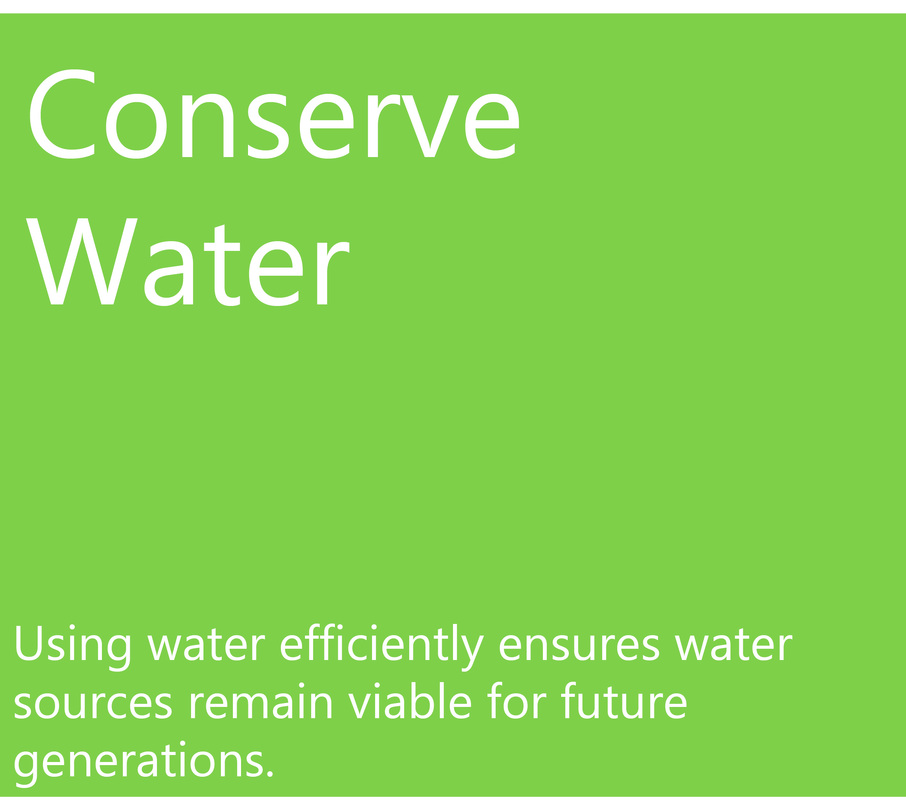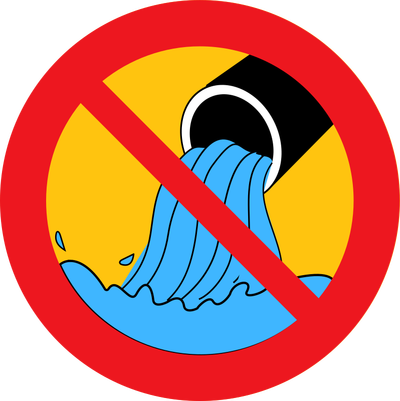At the Neighborhood Scale
- Think. Where are you using more water than might be needed? Appliances? Landscaping? Personal use?
- Plan. Identify ways you can reduce the water used in your household. Check for leaks (see EPA WaterSense for instructions).
- Act. Incorporate water efficient appliances into your home by looking for the WaterSense label. Update to native, low-maintenance landscaping and shift your behavior to be more conscientious of the amount of water used for daily tasks.
- Maintain. Stay up to date on maintenance with water saving appliances and landscaping.
- Go Beyond.
- Incorporate rain barrels throughout the neighborhood.
- Create a neighborhood pledge to collectively use less water.
- Strengthen neighborhood groups to support and advocate for neighborhood-wide needs.
Resources
Save money while saving water:
TMACOG “Give Water A Hand” Tip Card #1
Install a rain garden:
Rain Garden Initiative
Find vacant lots most suitable for conversion to rain gardens, natural plantings, or wetlands:
TMACOG, Lucas County Vacant Land Reuse
Plant native plants:
See Landscape Naturally toolkit resource topic
Install efficient showerheads and faucet aerators:
Columbia Gas
Seek out WaterSense products:
EPA WaterSense
Locate and repair household leaks:
ExtoxNet
EPA WaterSense
TMACOG “Give Water A Hand” Tip Card #1
Install a rain garden:
Rain Garden Initiative
Find vacant lots most suitable for conversion to rain gardens, natural plantings, or wetlands:
TMACOG, Lucas County Vacant Land Reuse
Plant native plants:
See Landscape Naturally toolkit resource topic
Install efficient showerheads and faucet aerators:
Columbia Gas
Seek out WaterSense products:
EPA WaterSense
Locate and repair household leaks:
ExtoxNet
EPA WaterSense
Toolkit Forum
Have a toolkit-related discussion with your fellow neighbors
get your own embeddable forum with Talki





